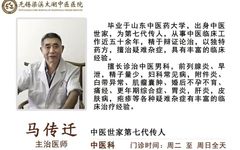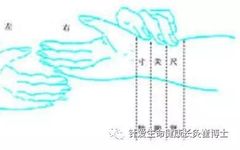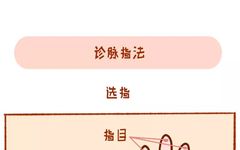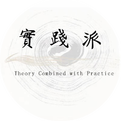What is the Deep Pulse in Traditional Chinese Medicine?
What is the Deep Pulse? Health Preservation Introduction Hello everyone, I am Director Ma, and today I will introduce you to the deep pulse in Traditional Chinese Medicine (TCM). Deep Pulse The deep pulse refers to one of the pulse types. The pulse is located deep, not felt with light pressure, and only detectable with … Read more










